What is ChainLink (LINK)

Chainlink (LINK) is a decentralized oracle network that aims to bridge the gap between blockchain smart contracts and real-world data. Launched in 2017, Chainlink enables smart contracts on the blockchain to securely interact with external data sources, systems, and APIs. This allows decentralized applications (dApps) to access real-world information, such as weather data, stock prices, sports results, or even off-chain events, that are necessary for executing smart contracts.
Chainlink’s primary function is to provide reliable and secure data feeds to smart contracts, making it a vital infrastructure for decentralized finance (DeFi), insurance, supply chain management, gaming, and many other sectors. The network is powered by Chainlink oracles, which are independent nodes responsible for fetching, verifying, and delivering data from external sources to smart contracts.
How does Chainlink (LINK) work? ⚙️
Chainlink operates by utilizing a combination of on-chain and off-chain infrastructure to provide real-time, trustworthy data to smart contracts. The main components of the Chainlink network include:
1. Data Feeds
- Chainlink Data Feeds bring real-world data onto blockchain networks in real time. These data feeds include external information such as commodity prices, weather data, sports scores, and other financial or market data.
- The data is provided by multiple independent oracles, and the information is aggregated and verified for accuracy before being delivered to smart contracts. These feeds are especially important for DeFi applications that rely on accurate price data for lending, borrowing, and trading.
2. CCIP (Cross-Chain Interoperability Protocol)
- CCIP enables cross-chain communication, allowing different blockchain networks to interact with one another. This facilitates asset transfers and data sharing between multiple blockchains, supporting cross-chain decentralized applications (dApps).
- By enabling interoperability, CCIP allows developers to create solutions that span different blockchain ecosystems, making the decentralized web more connected and scalable.
3. Data Streams
- Chainlink Data Streams are optimized for high-frequency, low-latency data delivery. For example, these streams are used to provide real-time asset prices or payment fee updates.
- Data streams are powered by two sets of oracles: one set to retrieve the data off-chain and another set to verify it on-chain. This dual layer of oracles ensures the authenticity and reliability of the data.
4. Functions
- Chainlink Functions allow smart contracts to access real-time data from Chainlink oracles without the need for developers to manage their own Chainlink node. This service is designed to make it easier for developers to integrate off-chain data into their contracts without the complexity of setting up infrastructure.
- Chainlink Functions simplify the process for smart contract developers by handling oracle management and data retrieval automatically.
5. Automation
- Chainlink Automation enables smart contracts to automatically trigger actions based on predefined conditions. For instance, a smart contract might automatically trigger a payment once a certain condition is met or an event is verified (e.g., flight delay or weather event).
- By automating contract execution, Chainlink helps improve the scalability and efficiency of decentralized applications.
6. Verifiable Random Function (VRF)
- Chainlink VRF provides provably fair randomness for use cases where unpredictability is required, such as in gaming applications or lotteries. The VRF ensures that random values are generated in a verifiable, transparent manner, which is crucial for ensuring fairness in decentralized applications.
Who make Chainlink (LINK)

Chainlink was co-founded in 2017 by Sergey Nazarov and Steve Ellis.
- Sergey Nazarov previously co-founded SmartContract, a company that worked on connecting smart contracts to external data and banking systems. His experience in decentralized technologies and data management led to the creation of Chainlink.
- Steve Ellis is a computer scientist and software engineer who co-founded Chainlink after working at Secure Asset Exchange, a platform focused on decentralized asset exchange. He is responsible for the technical development of the Chainlink network.
Their shared vision for universally connected smart contracts led to the creation of Chainlink, and since then, the project has grown into a leading oracle solution for the blockchain industry.
What problem does Chainlink (LINK) solve?
Chainlink was created to solve the Oracle Problem, a key challenge for smart contracts and decentralized applications (dApps). Blockchains are self-contained systems that cannot access data from the outside world. This isolation limits the potential of smart contracts, which often require off-chain data (e.g., stock prices, weather conditions, etc.) to function properly.
Without reliable data inputs, smart contracts cannot perform crucial tasks such as:
- Triggering actions based on external events (e.g., weather data for insurance contracts)
- Executing financial transactions that rely on market data (e.g., DeFi lending platforms)
- Ensuring randomness for gaming or lottery applications
Chainlink solves this problem by providing a decentralized oracle network that retrieves, verifies, and delivers real-world data to smart contracts in a secure and reliable manner.
Key Use Cases for Chainlink:
- Insurance: Triggering smart contract payouts based on real-world events, like flight delays or weather events (e.g., crop insurance triggered by adverse weather conditions).
- Supply Chain Management: Tracking goods in real time and providing proof of authenticity, ensuring transparency and accountability in the supply chain.
- Gaming: Providing verifiable randomness for use in gaming applications, such as loot boxes or random number generation (RNG).
- DeFi: Enabling decentralized finance protocols by delivering accurate price feeds, interest rates, and market data.
How Do Chainlink Node Operators Earn LINK?
Node operators play a critical role in the Chainlink network by providing data from external sources to smart contracts. They retrieve, verify, and deliver this data to the blockchain. In return for their service, node operators are compensated with LINK tokens.
Node operators also have the option to stake LINK tokens to ensure the security and reliability of the data provided. Staking helps to incentivize honest behavior and ensures that node operators are motivated to provide accurate and timely data.
What is LINK Token?
LINK is the native cryptocurrency of the Chainlink network. It is used to:
- Pay for services within the Chainlink network. Users of Chainlink’s oracles (such as dApp developers or other blockchain networks) pay node operators in LINK for their services.
- Stake to secure the network. Node operators must stake LINK tokens to participate in the network and ensure the accuracy and reliability of the data they provide.
Key Features of Chainlink (LINK)
- Decentralization: Chainlink is powered by a decentralized network of independent node operators, ensuring that no single entity controls the flow of data.
- Security: Chainlink uses multiple layers of security to ensure the integrity and reliability of the data it delivers to smart contracts.
- Scalability: Chainlink is designed to scale with the increasing demand for decentralized oracle services, supporting the growth of the broader blockchain ecosystem.
- Interoperability: Through CCIP, Chainlink allows cross-chain communication, enabling assets and data to move freely between different blockchain ecosystems.

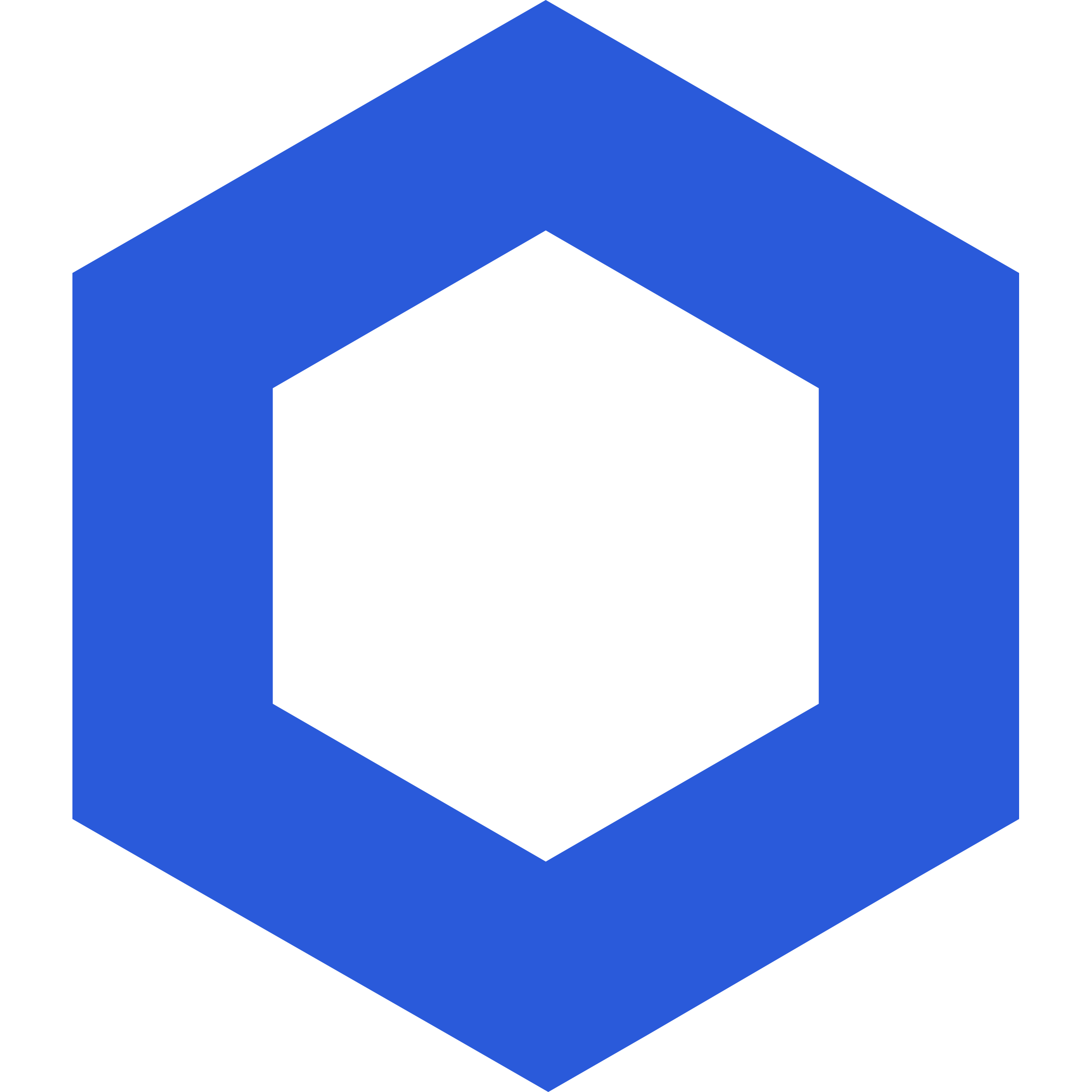
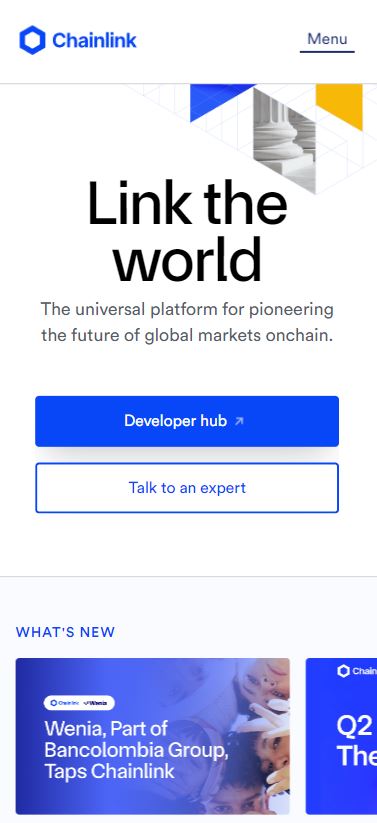
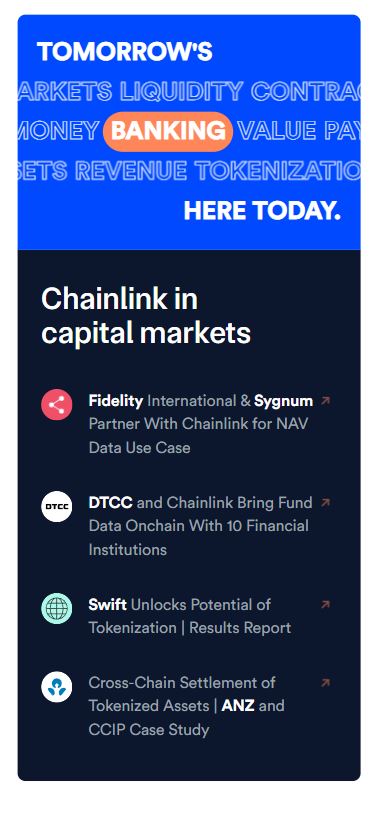
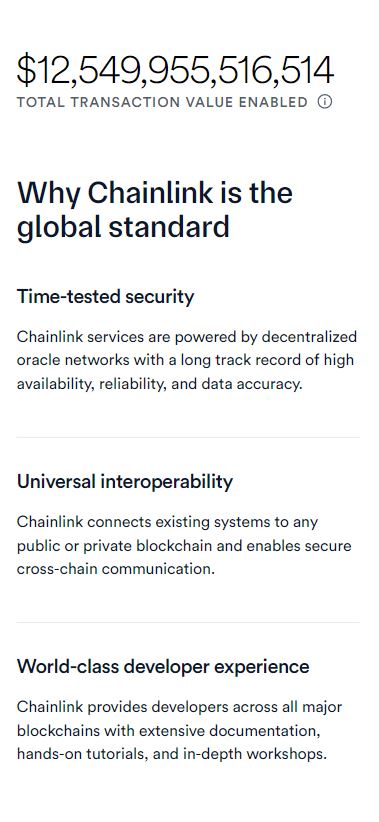
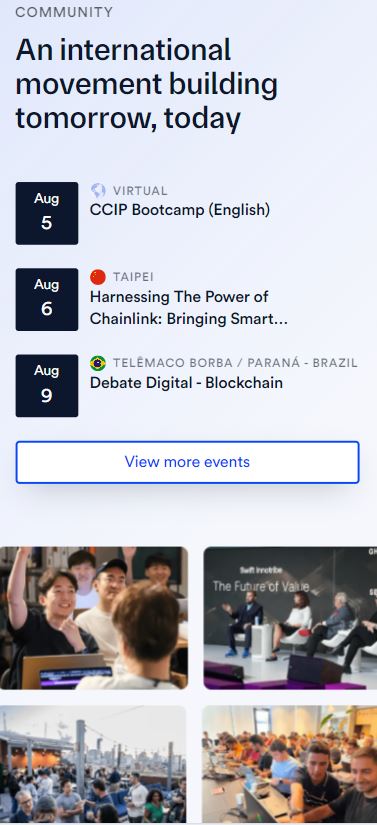
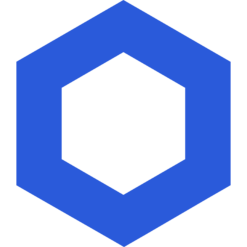















Sage T Scippio –
Great !